Extending Dental Sealant Lifespan: Reapplication Guide and Benefits
Dental sealants for teeth protect against decay on chewing surfaces of back molars, but erode over t…….
In the realm of dental care, preventing cavities and protecting tooth structures is a paramount concern. Among the various tools and techniques employed by dentists, dental sealants stand out as an innovative solution, especially for children and adolescents. This article aims to provide an in-depth exploration of dental sealants for teeth—their composition, history, global impact, economic considerations, technological advancements, regulatory landscape, challenges, successful applications, and future prospects. By delving into these aspects, we will uncover the significance of dental sealants as a preventive measure and their role in maintaining oral health worldwide.
Definition: Dental sealants are thin, protective coatings applied to the chewing surfaces of teeth, primarily molars and premolars, to prevent tooth decay. They act as a barrier between the tooth and potential cavity-causing bacteria.
Components: Modern dental sealants typically consist of:
Historical Context: The concept of dental sealants dates back to the early 20th century, but their development as a viable cavity prevention method began in earnest in the 1950s. Early forms were made from materials like plastic and rubber, but advancements in resin technology led to the creation of modern dental sealants in the late 1960s.
Significance: Dental sealants play a crucial role in preventive dentistry by targeting high-risk areas prone to cavities, such as pit and fissure surfaces where bacteria can accumulate. They are particularly valuable in children and adolescents, as they help protect emerging permanent teeth from early decay.
Dental sealants have gained widespread adoption globally due to their simplicity, cost-effectiveness, and proven track record of preventing cavities. According to the World Health Organization (WHO), dental sealants are one of the most successful and cost-efficient preventive dentistry interventions.
Regional Adoption:
| Region | Adoption Rate (%) |
|---|---|
| North America | 75 |
| Europe | 68 |
| Asia Pacific | 52 |
| Latin America | 45 |
| Middle East & Africa | 30 |
Trends Shaping the Market:
The economic implications of dental sealants are multifaceted, impacting both healthcare systems and individuals.
Market Dynamics: The global dental sealants market was valued at USD 576 million in 2021 and is projected to grow at a CAGR of 4.5% from 2022 to 2030 (Grand View Research). This growth is driven by the increasing prevalence of tooth decay, rising dental awareness, and favorable reimbursement policies.
Investment Patterns: Major players in the market include 3M, Dentsply Sirona, and DENTSPLY International, investing heavily in research and development to create innovative sealant products. These companies also partner with healthcare providers and governments to promote sealant use.
Cost-Effectiveness: Dental sealants are considered cost-effective interventions, especially when compared to the treatment of cavities. A study by the American Dental Association (ADA) found that dental sealants can save up to 50% on dental care costs over a 4-year period.
Technological innovations have significantly enhanced the performance and application of dental sealants, making them more effective and accessible.
Resin Formulations: Advances in resin technology have led to the development of:
Application Techniques:
Future Potential: The future holds promise for even more advanced sealants with improved durability, increased adhesion to tooth surfaces, and enhanced aesthetic properties. Bioactive sealants that release fluoride or other beneficial agents are also being explored.
Government policies and regulatory frameworks play a vital role in shaping the availability and use of dental sealants.
Reimbursement Policies: Many countries and insurance providers offer reimbursement for dental sealant applications, making them more accessible to the general population. For example, in the United States, most private insurance plans and Medicaid cover dental sealants for children.
Regulatory Compliance: Dental sealants must meet stringent safety and efficacy standards set by regulatory bodies like the FDA (United States) and similar agencies worldwide. These regulations ensure that only safe and effective products are used in dental practices.
Promotional Guidelines: Health authorities often provide guidelines on promotional activities for dental sealants to prevent over-promotion or misled patient expectations. These guidelines ensure that information about sealants is accurate and based on scientific evidence.
Despite their widespread benefits, dental sealants face certain challenges and criticisms that must be addressed.
Main Challenges:
Criticisms and Proposed Solutions:
Case Study 1: School-Based Sealant Program in the United States
A large urban school district in the US implemented a comprehensive dental sealant program, targeting all children in grades K-5. The program involved mobile dental units visiting schools weekly, providing sealant applications and educational workshops. Within three years, the initiative achieved:
Case Study 2: Community Sealant Initiative in Brazil
A non-profit organization in a rural region of Brazil launched a community sealant program, partnering with local dentists and healthcare centers. The program focused on educating parents and caregivers about the importance of sealants and providing free sealant applications for children aged 6-14. Key successes included:
The future of dental sealants looks promising, with several growth areas and emerging trends on the horizon.
Potential Growth Areas:
Emerging Trends:
Dental sealants for teeth represent a powerful tool in the arsenal of preventive dentistry, offering a simple yet highly effective solution to combat tooth decay. With their global impact, economic benefits, technological advancements, and strong evidence base, dental sealants play a pivotal role in maintaining oral health. Overcoming challenges through education, innovation, and policy reforms will ensure that dental sealants continue to be a valuable resource for dentists, caregivers, and patients worldwide.
Q: What age is appropriate for dental sealant application?
A: Dental sealants are typically applied to children between the ages of 6 and 14, when molars and premolars are fully erupted and at higher risk of cavities. However, they can also be used in adults with proper dental evaluation and ethical consent.
Q: Are dental sealants painful?
A: The application process is usually painless. Modern dental sealants do not require drilling or excessive etching, making the procedure comfortable for most patients. Any discomfort is minimal and comparable to a quick dental check-up.
Q: How long do dental sealants last?
A: On average, dental sealants can last between 5 to 10 years, but this varies based on factors like chewing habits, oral hygiene practices, and tooth movement during adolescence. Regular dental checks are essential to monitor sealant integrity.
Q: Can dental sealants be removed if needed?
A: Yes, dental sealants can be removed if necessary, especially if the tooth structure changes or in cases of potential restorative work. However, removal should be done by a qualified dentist to ensure minimal damage to the tooth surface.
Q: Are there any side effects from dental sealants?
A: Dental sealants are generally safe and well-tolerated. While rare, some individuals may experience mild sensitivity or allergic reactions to components of the sealant. Such cases are easily managed by dentists, and most patients have no adverse effects.
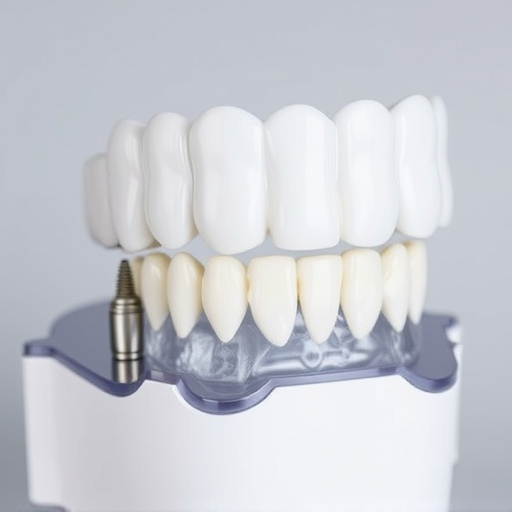
Dental sealants for teeth protect against decay on chewing surfaces of back molars, but erode over t…….
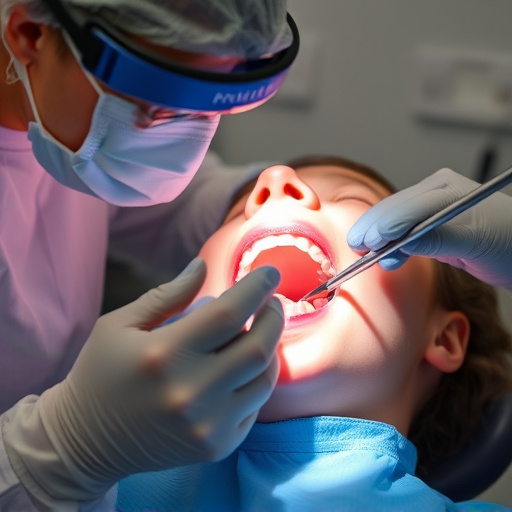
Dental sealants for teeth are a non-invasive, protective treatment that seals grooves and pits on mo…….
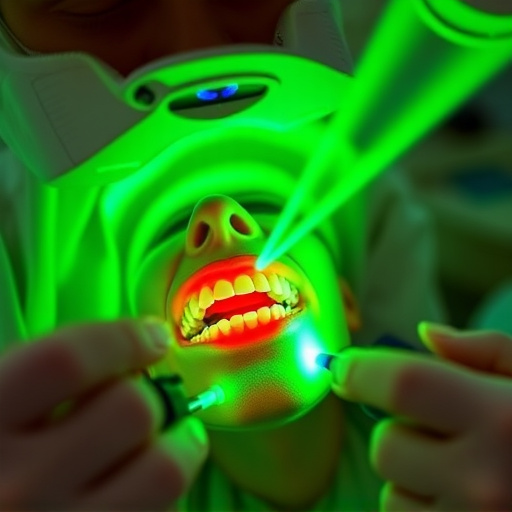
Achieving personal growth requires a dynamic, adaptable process addressing general needs through con…….
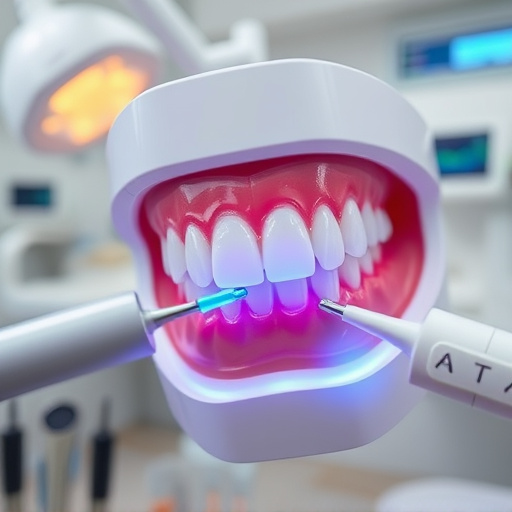
Dental sealants for teeth offer a powerful solution for those with deep grooves, protecting suscepti…….
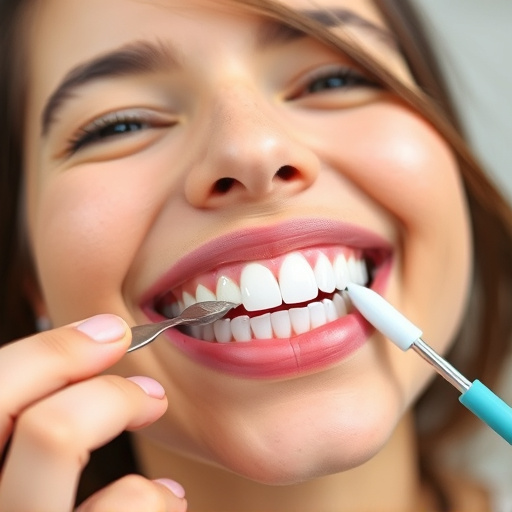
Dental sealants for teeth are innovative protective coatings made of durable resin, applied to chewi…….
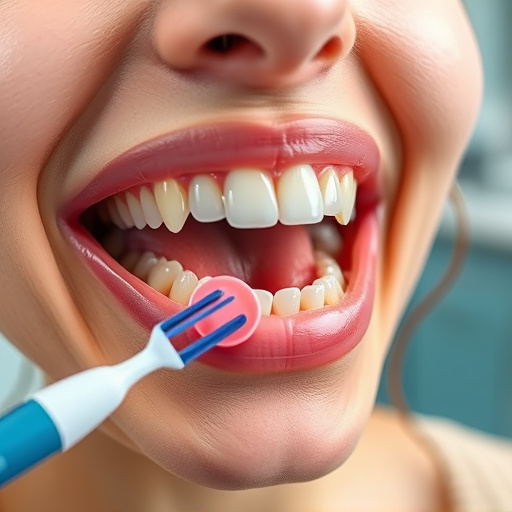
Tooth decay is caused by bacterial plaque eroding enamel, leading to cavities and damage. Dental sea…….
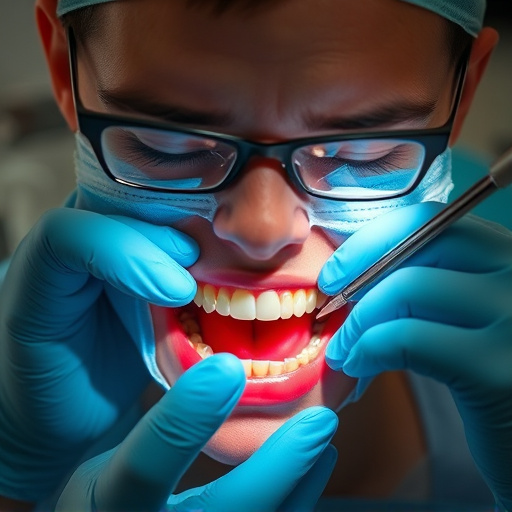
Dental sealants for teeth are thin, protective coatings applied to hard-to-reach chewing surfaces of…….
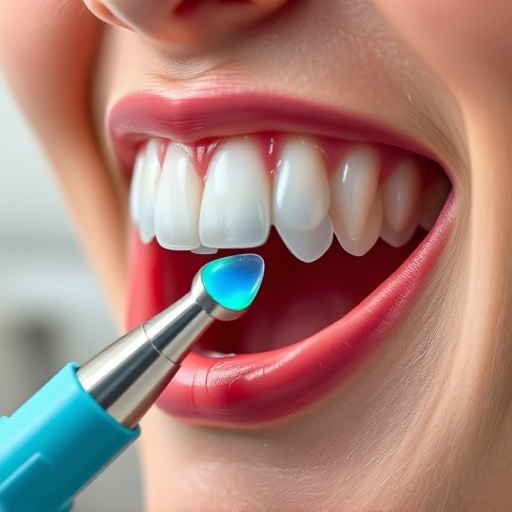
Dental sealants for teeth are durable resin coatings applied to molars and premolars after cleaning,…….

Dental sealants for teeth offer a non-invasive, preventive care solution that protects molars and pr…….
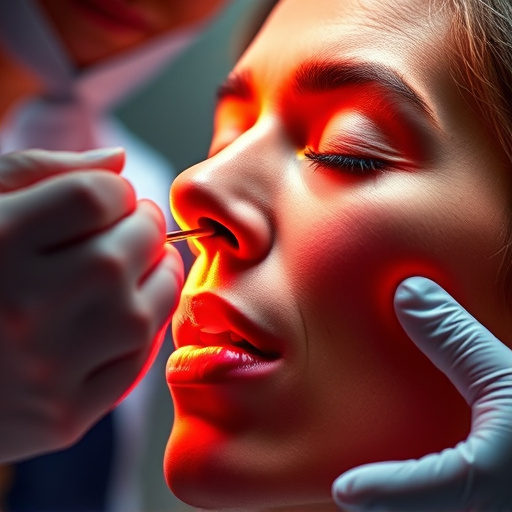
Dental sealants for teeth are clear coatings that protect against caries and decay by shielding pits…….